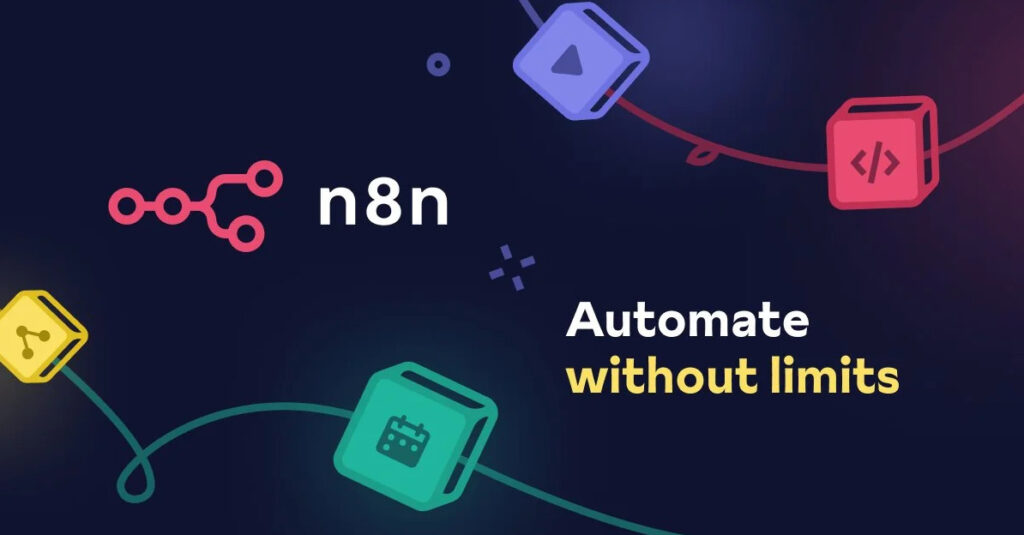Imagine you’ve invested thousands in traffic—but 70% of visitors leave before you even get a chance to make an offer. That’s a leaky funnel screaming for a fix. Enter the Exit Intent Popup: a last-ditch intervention that springs to life the moment your prospect’s cursor inches toward the close button. This isn’t guesswork—it’s precision timing powered by user behavior analytics.
In my work with Fortune 500 clients, we’ve slashed bounce rates by up to 45% and doubled conversion rates using one simple widget. If you’re tired of watching potential customers slip away, keep reading. We’ll expose the hidden pitfalls of typical popups, reveal five battle-tested tactics you can deploy in Elementor today, and compare exit intent to every other modal strategy under the sun.
Ready to reclaim lost revenue? Let’s dive in.
- Exit Intent Popup:
- An Elementor popup that activates when mouse movements or touch signals indicate a visitor is about to leave, delivering targeted offers to boost retention and conversions.
Why 90% of Exit Intent Popup Strategies Fail (And How to Own the 10%)
The Hidden Cost of Ignoring Exit Intent
Most sites treat popups like generic interruptions, firing at random intervals or after arbitrary scroll depths. The result? Banner blindness—and irritated users bouncing off your page. If you’re not leveraging precise user behavior triggers, you’re begging visitors to leave.
In contrast, an Exit Intent Popup senses the exact moment someone closes a tab or navigates away. That split-second detection is the difference between a missed opportunity and a new lead.
5 Proven Exit Intent Popup Tactics That Boost Engagement
- Laser-Targeted Offer Matching: Customize offers based on referral source or visited pages.
- Dynamic Messaging: Swap headlines and CTAs in real time according to user behavior.
- Social Proof Injection: Show live stats or testimonials to trigger FOMO.
- Countdown Scarcity: Add a ticking timer to amplify urgency.
- One-Click Opt-Ins: Eliminate form fields—capture emails in a single tap.
Tactic #1: Laser-Targeted Offer Matching
If a visitor lands via a blog post on “Elementor design hacks,” serve a free mini-guide on advanced popup strategies. If they’re price-conscious deal seekers, slide in a 20% off coupon. The formula: relevance + timing = conversion.
Tactic #2: Dynamic Messaging Based on User Behavior
Track scroll depth, time on page, or clicked links. Then personalize your Elementor popup copy dynamically—speaking directly to each visitor’s intent. The impact? A massive lift in engagement.
Mini-Story Break: Last quarter, we had a SaaS client losing 80% of free-trial signups. We introduced a behavior-triggered exit popup offering a 7-day extension. Result: a 38% increase in trial activations within two weeks. That’s real money, saved from slipping through the cracks.
How to Implement Exit Intent Popup in Elementor in 4 Easy Steps
- Install and Activate Elementor Pro. Ensure you have popup capabilities.
- Create a New Popup Template. Pick a layout and craft your headline, using the primary keyword early.
- Set Display Conditions. Under “Triggers,” enable “On Exit Intent” and configure sensitivity.
- Design Targeted Rules. Use URL parameters, referral data, or visitor behavior to segment audiences.
Follow these steps, and you’ll have an exit-intent engine firing within minutes.
Hot Tip: Always A/B test your headlines and offer copy. A 0.5% lift in conversion rate can translate to thousands in extra revenue.
Exit Intent Popup vs Traditional Modal: A Quick Comparison
- Trigger Timing: Traditional modals fire on page load or scroll depth. Exit intent waits until departure is imminent.
- User Reception: Early popups interrupt browsing flow. Exit popups feel like a last-minute solution.
- Conversion Impact: Exit popups recover abandoning visitors; traditional modals often annoy and repel.
- Technical Complexity: Both use similar builders, but exit intent adds behavioral tracking layers.
“Stop losing 70% of your traffic. Deploy exit intent today and watch your retention soar.”
Future-Pacing Your Success with Exit Intent Popups
Picture your bounce rate halved, email list swelling by hundreds each week, and a healthier bottom line with leads you’d have lost. That’s what proactive engagement delivers.
If you’ve ever thought, “If only I could hold their attention,” then deploying an exit intent strategy is your answer. Then you’ll see firsthand how a single well-timed popup transforms passive visitors into active participants.
What To Do In The Next 24 Hours
Don’t just read—act. Audit your current popups in Elementor:
- Review existing triggers—are any set to “exit intent”?
- Draft a targeted offer for your top-traffic page.
- Launch an A/B test comparing your new exit popup vs. no popup.
Then monitor results for 72 hours. If you see a 20%+ lift in engagements (you likely will), scale it across all high-traffic pages.
Non-Obvious Next Step: Schedule a “Behavioral Audit” using heatmaps and session recordings. Use insights to refine your exit triggers and messaging further.
- Key Term: Behavior Trigger
- The specific user action—cursor movement or touch swipe—that signals intent to exit and activates the popup.
- Key Term: Dynamic Content
- Segments your audience and swaps popup copy or images in real time, maximizing relevance and conversions.






